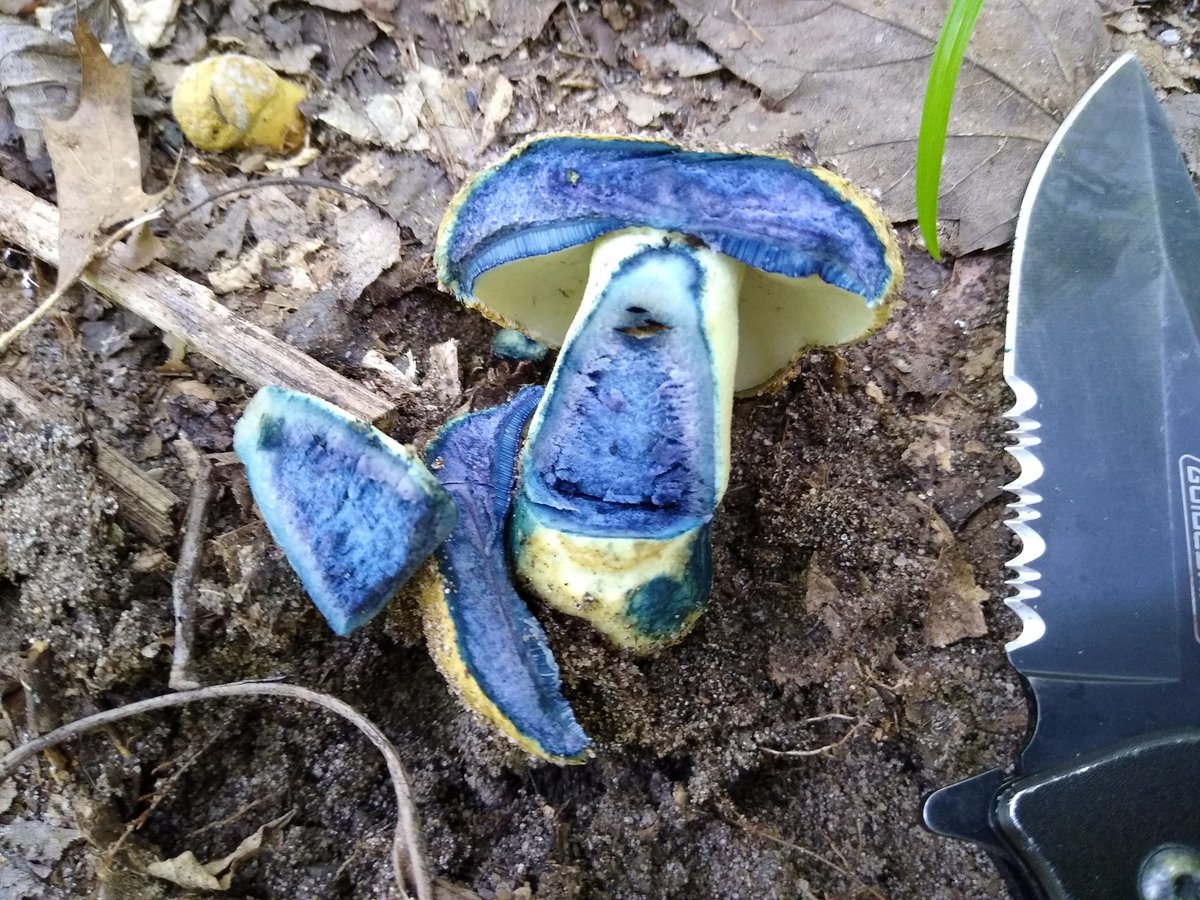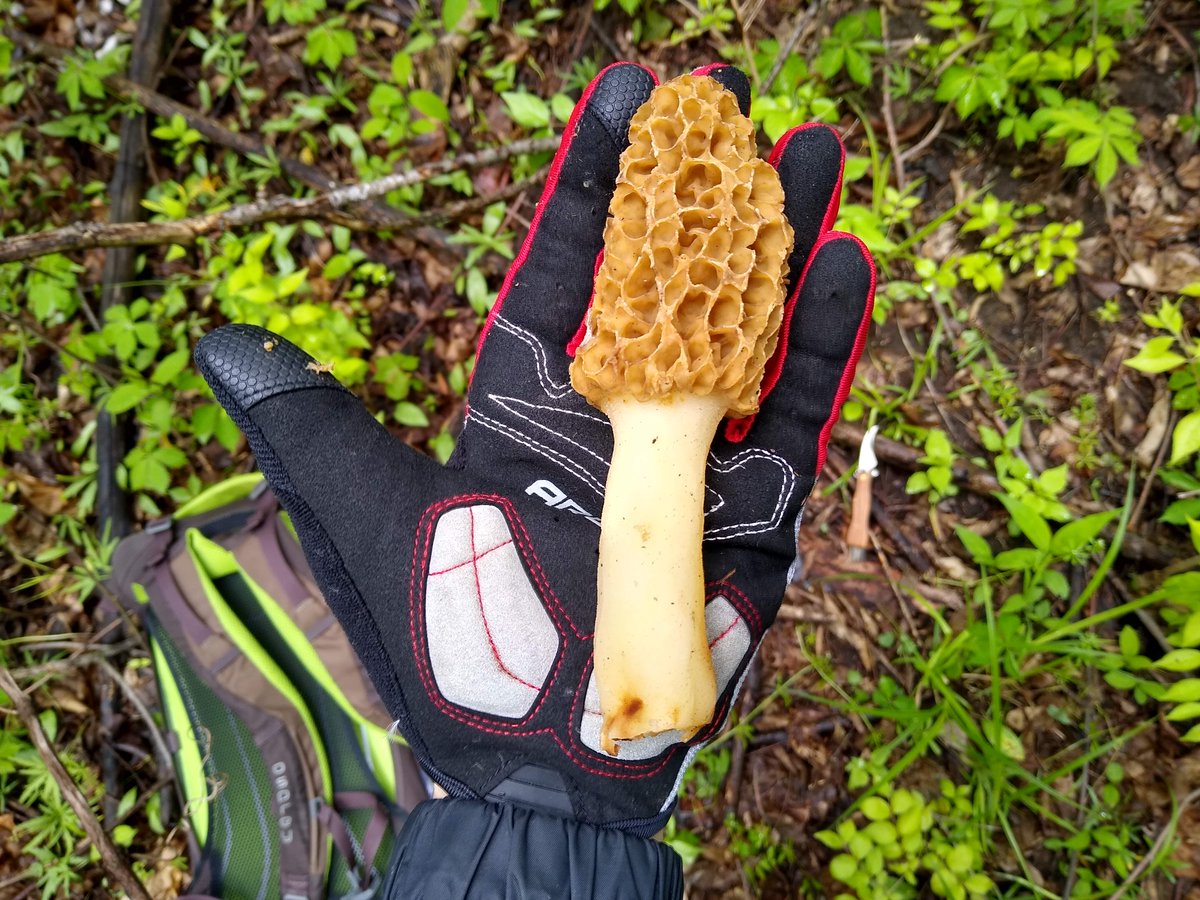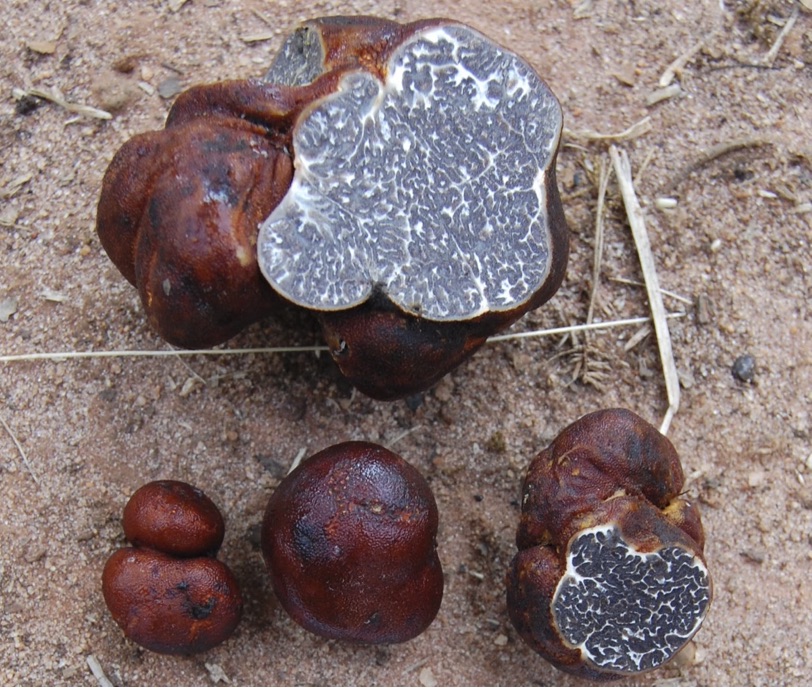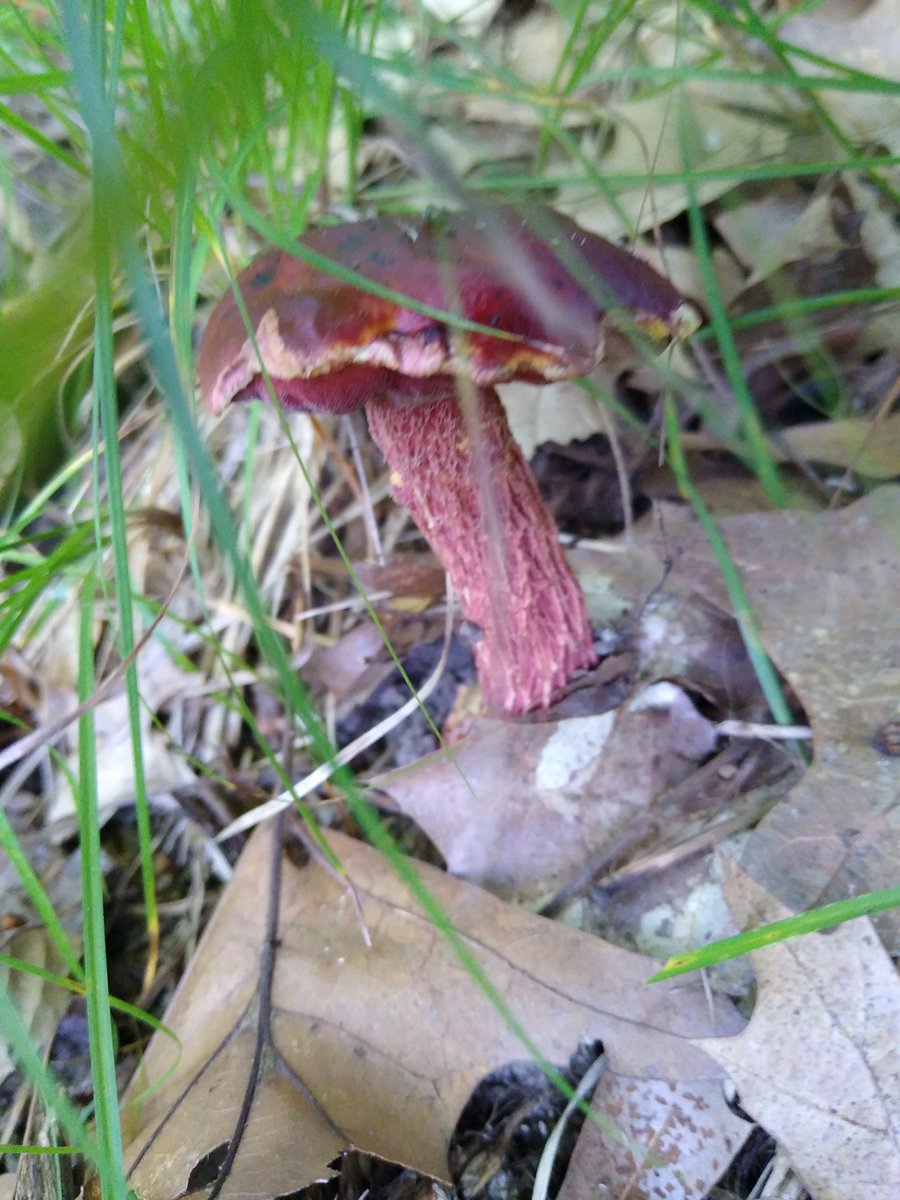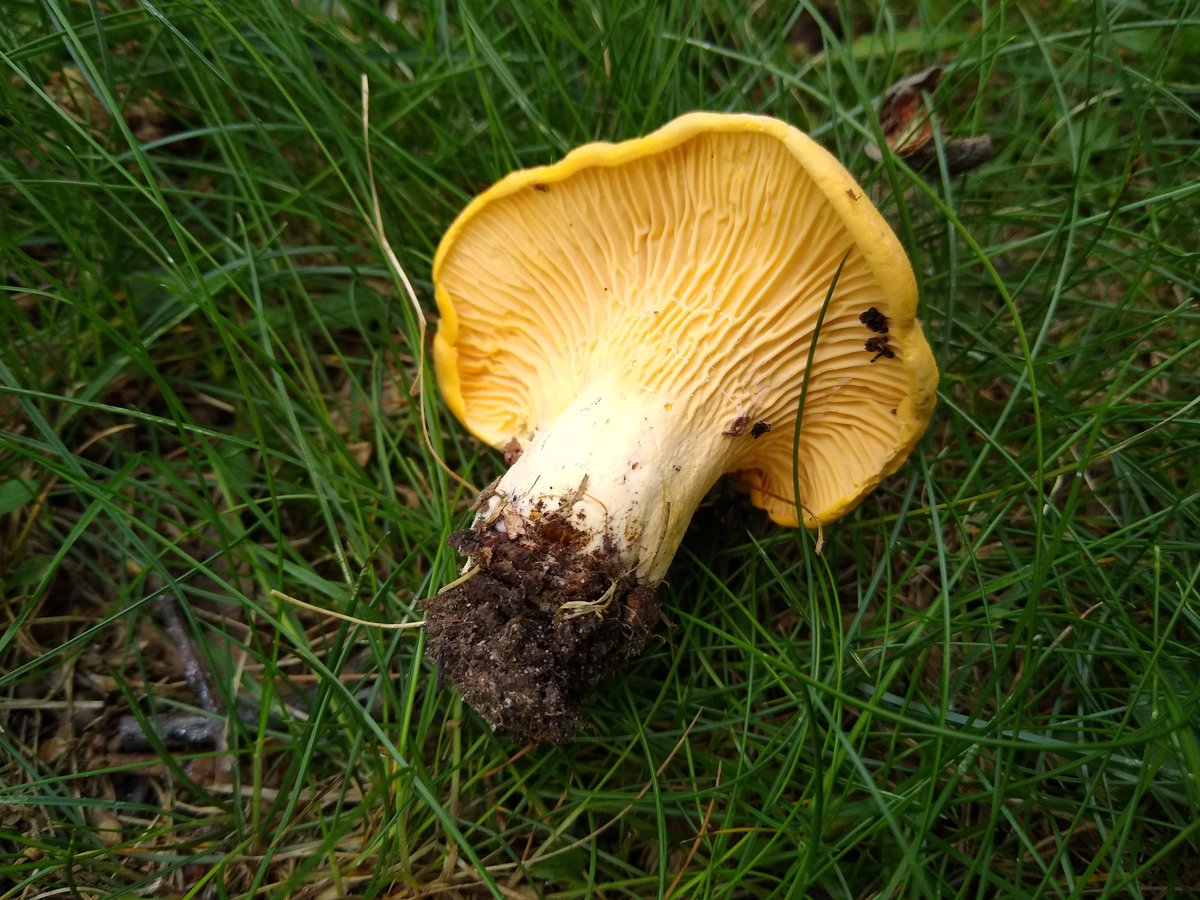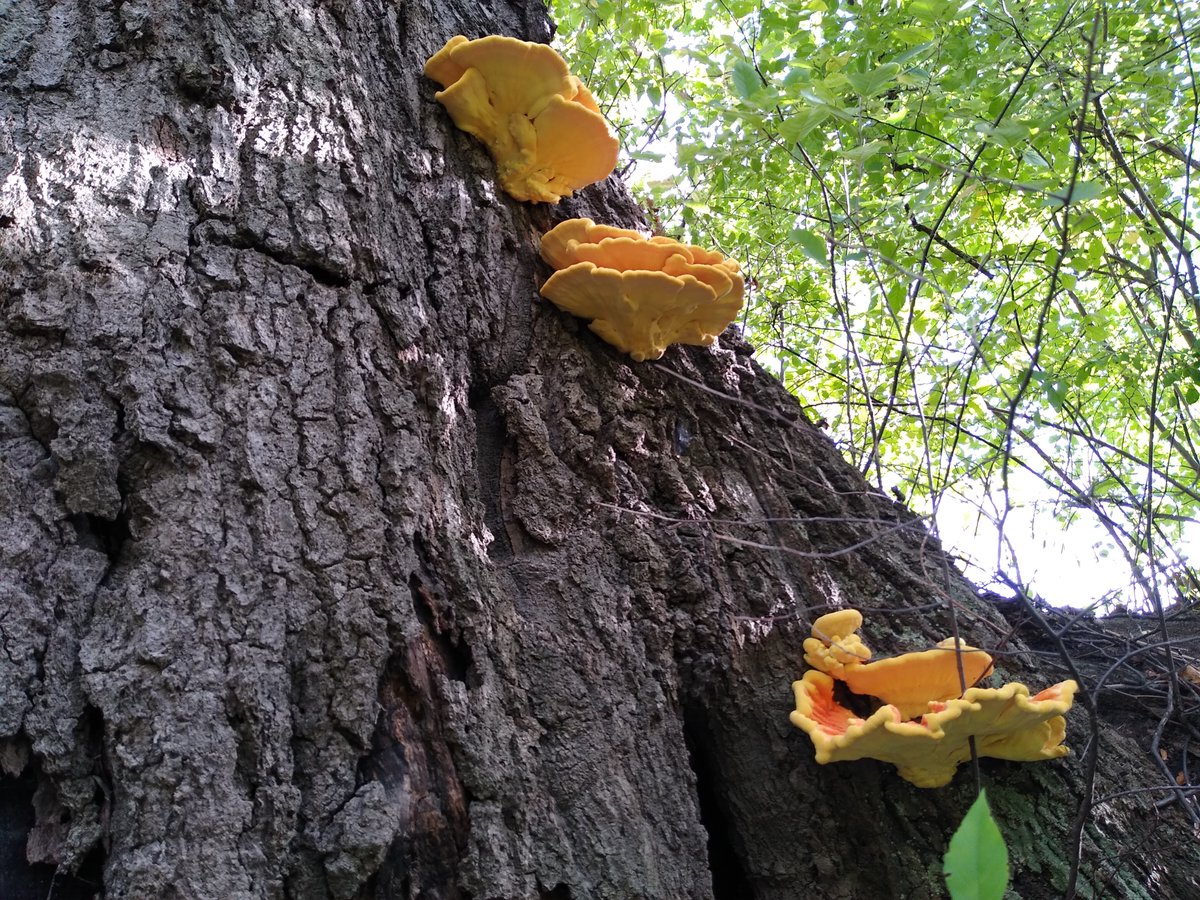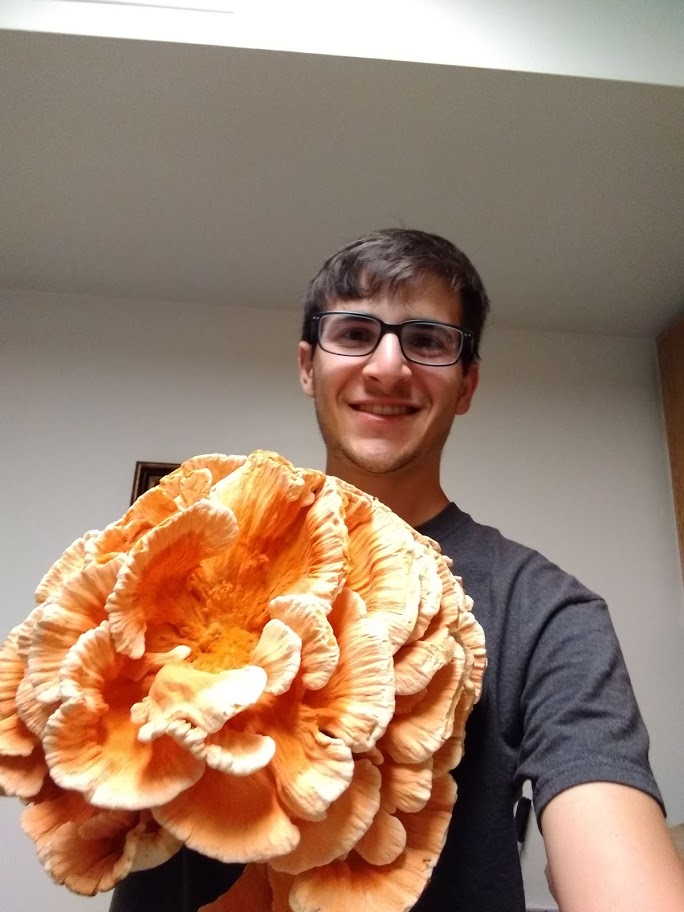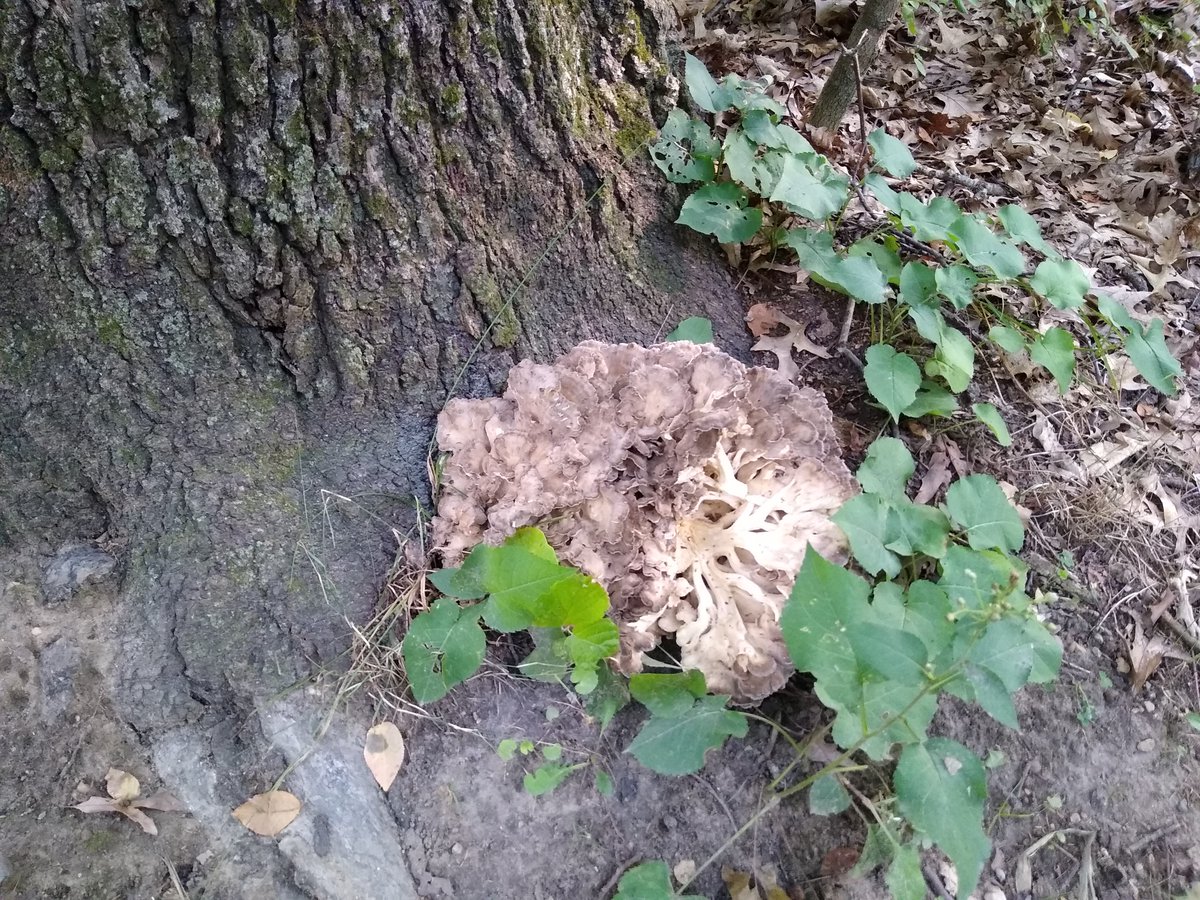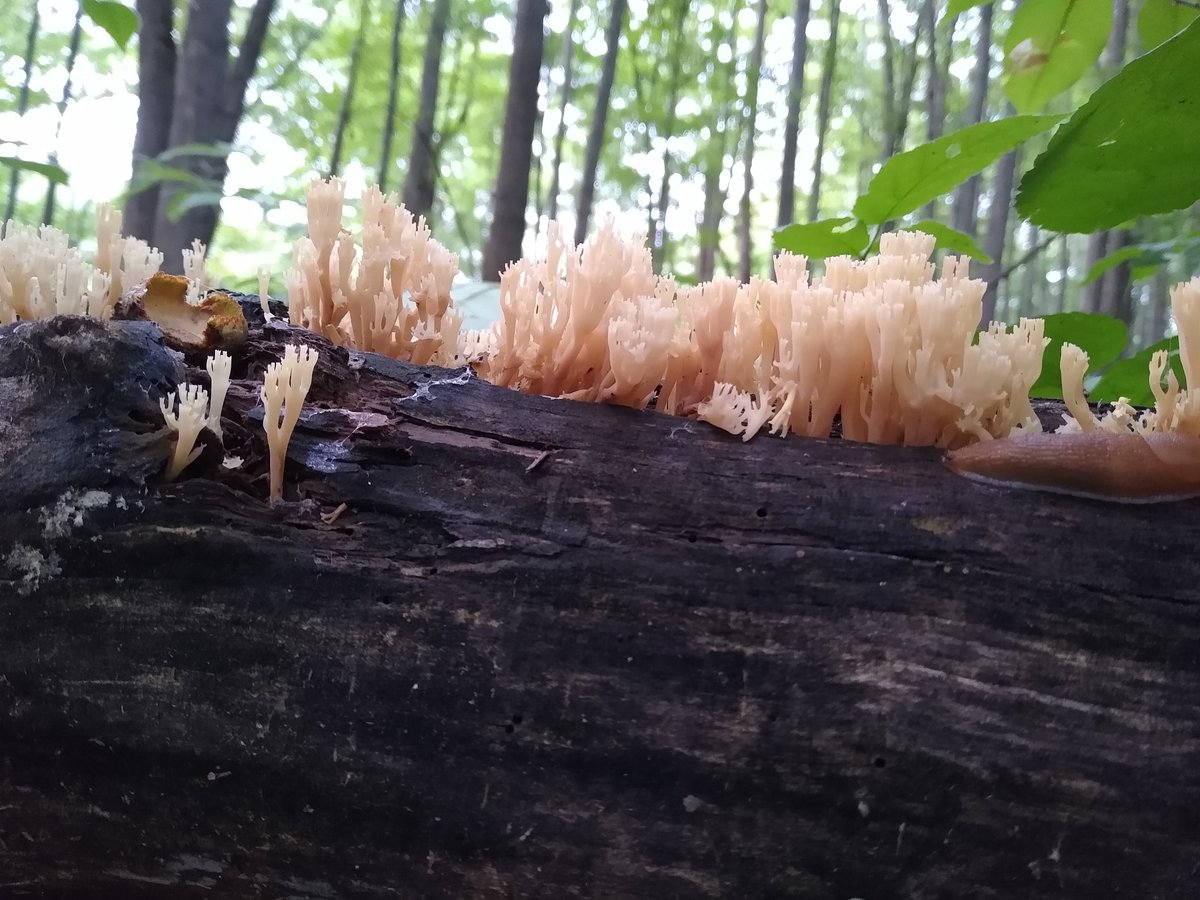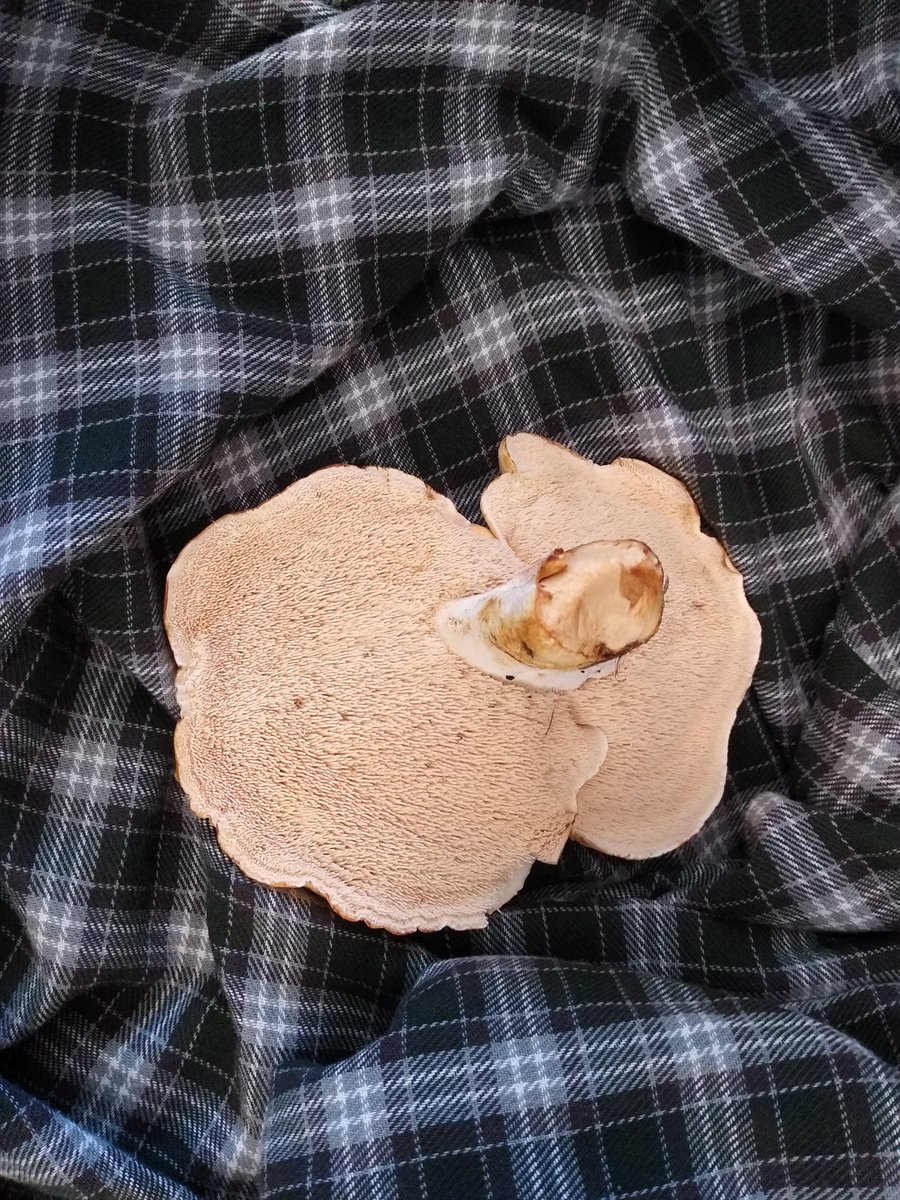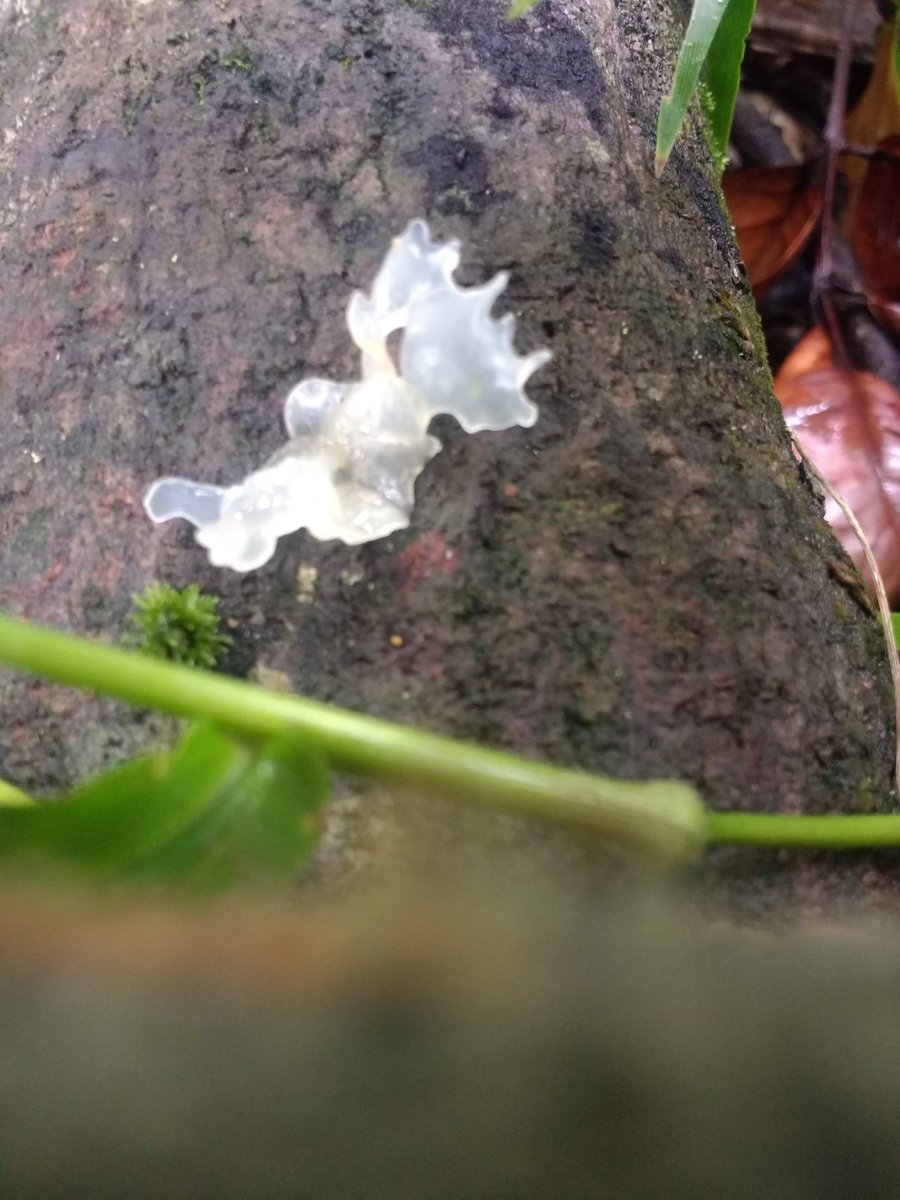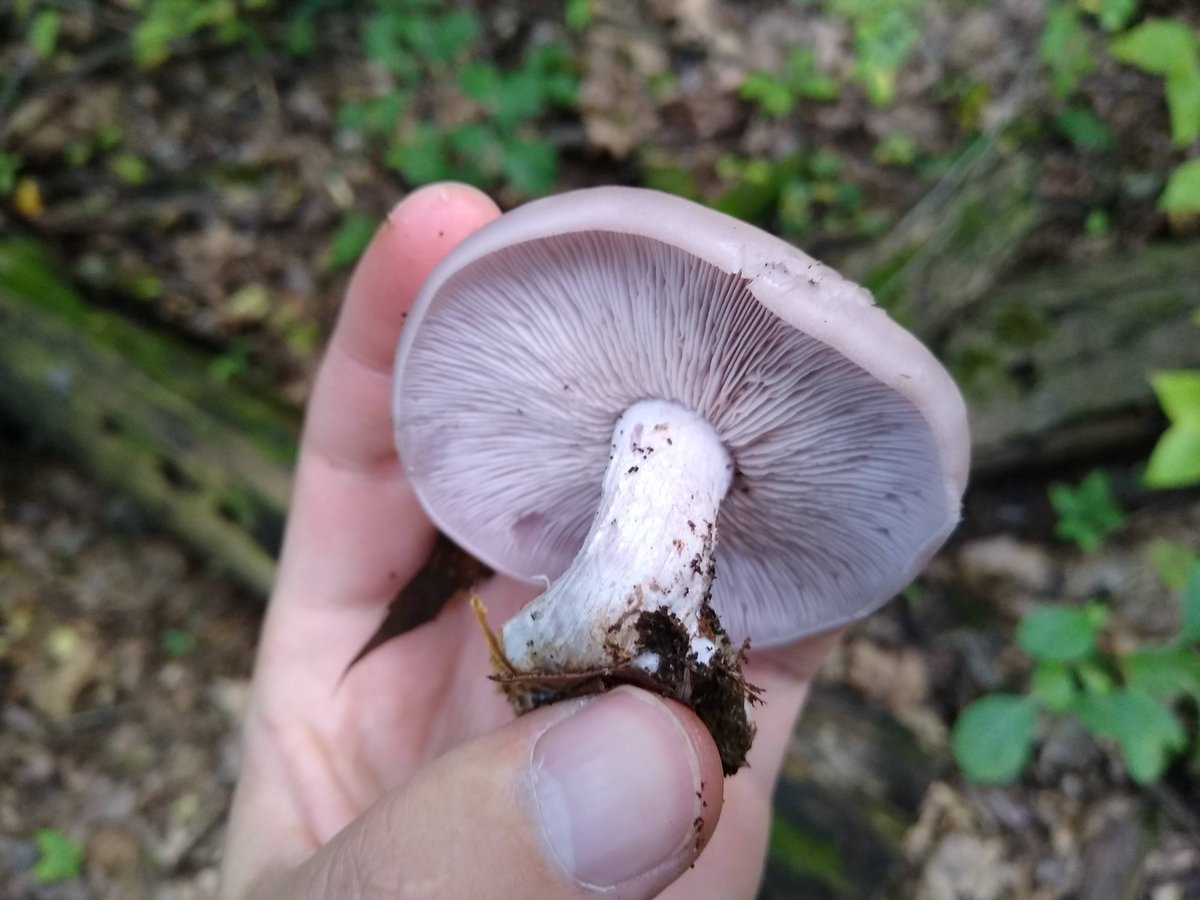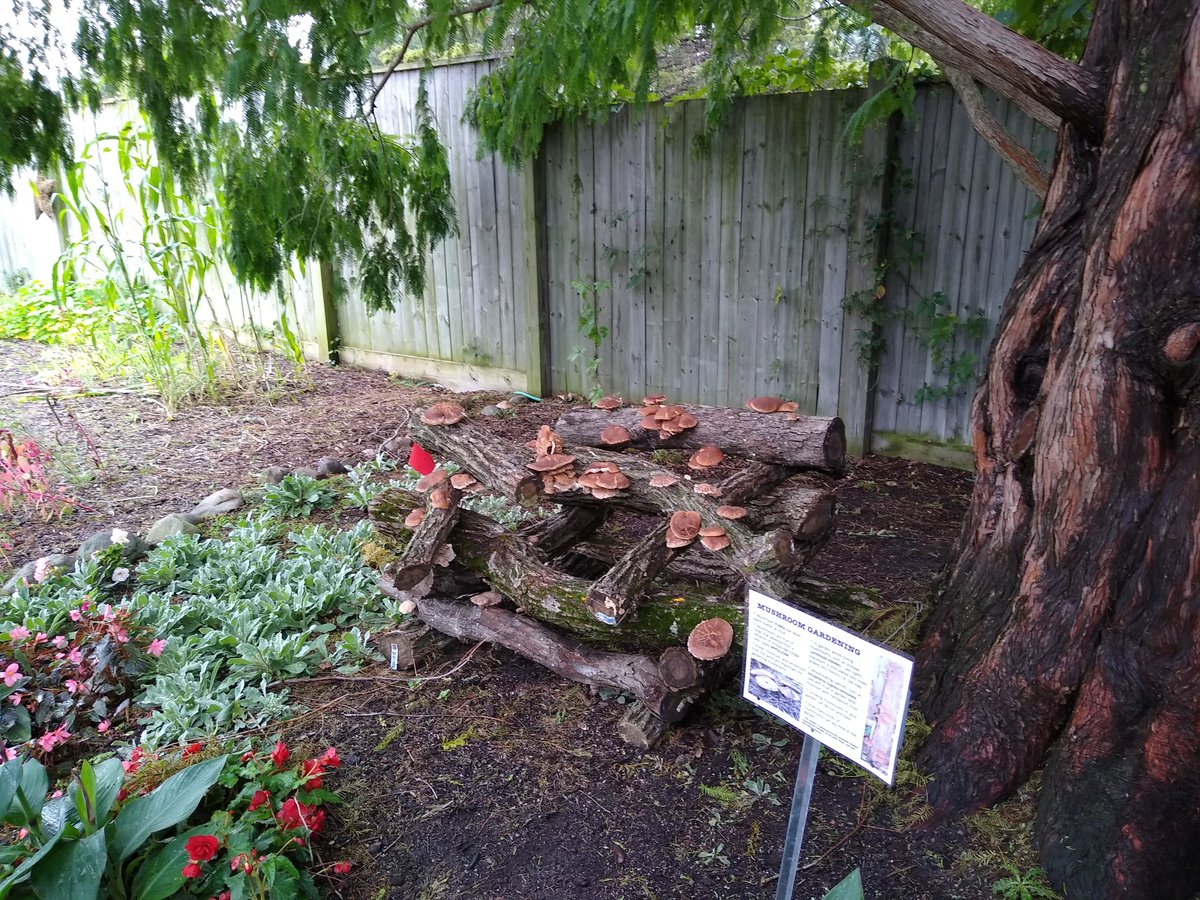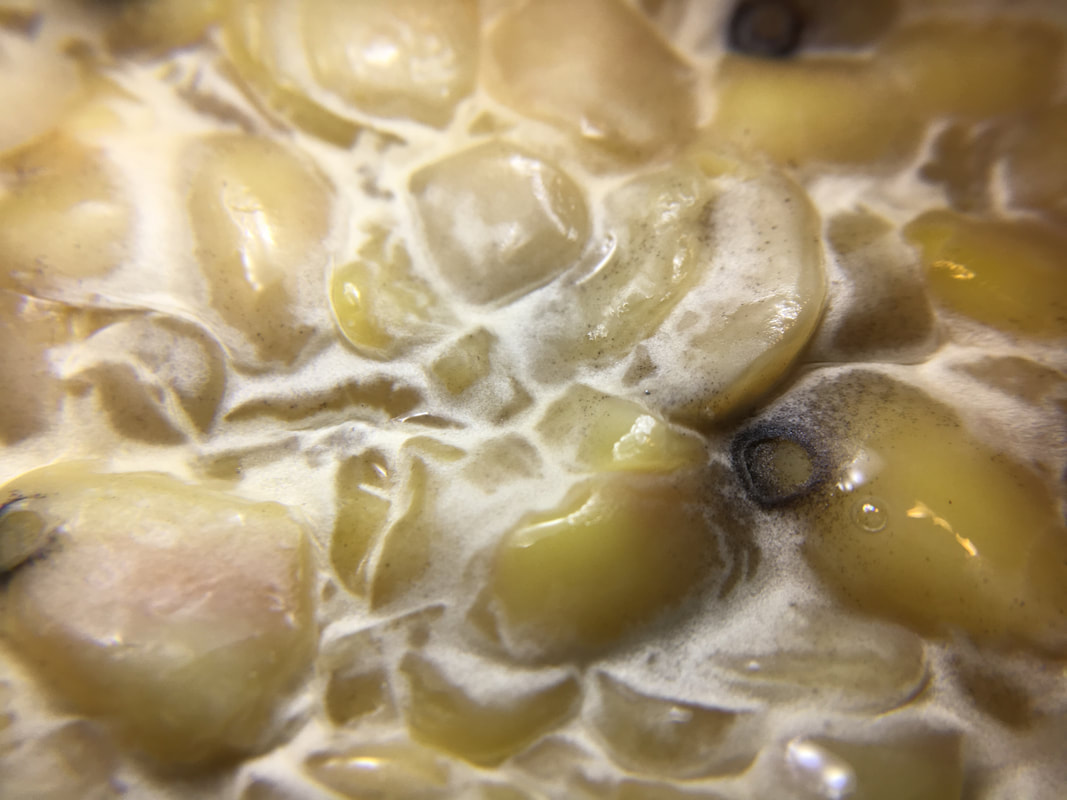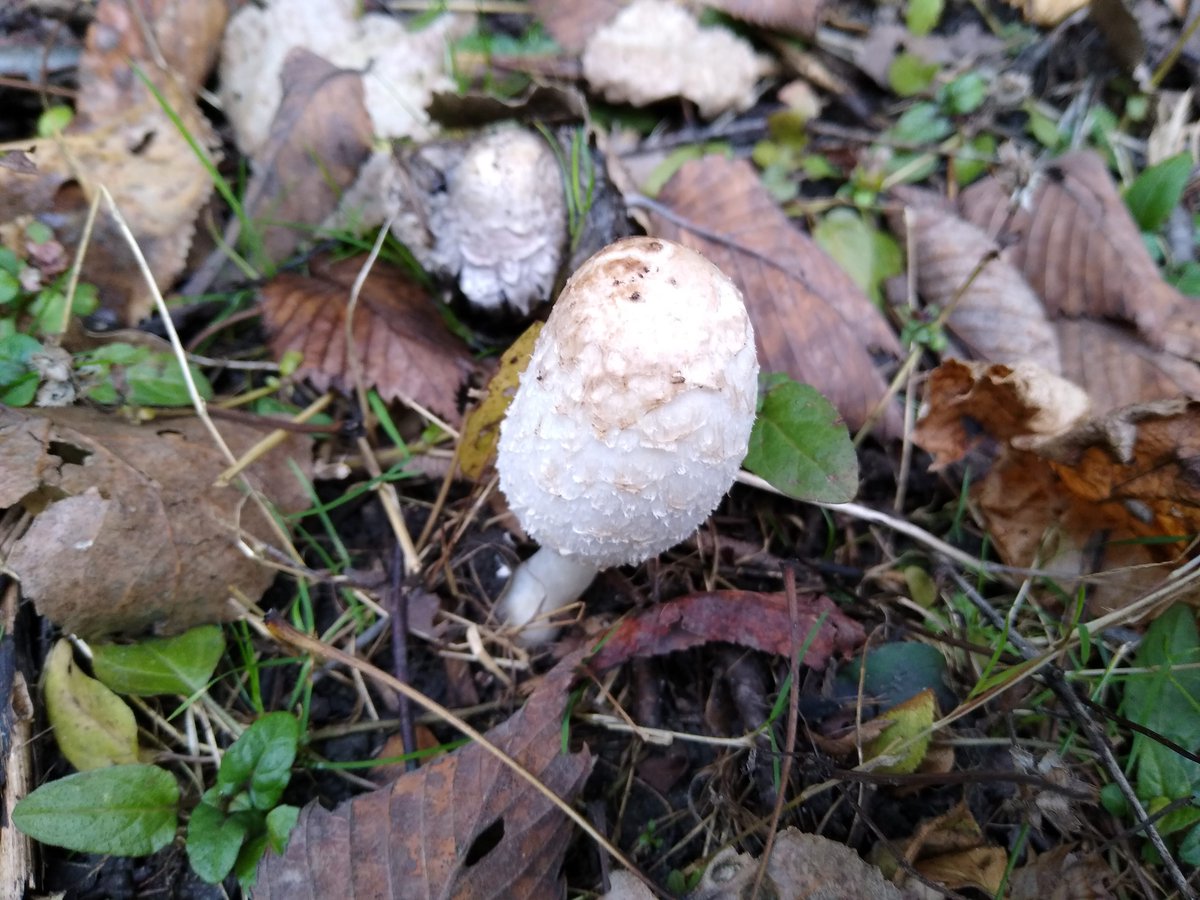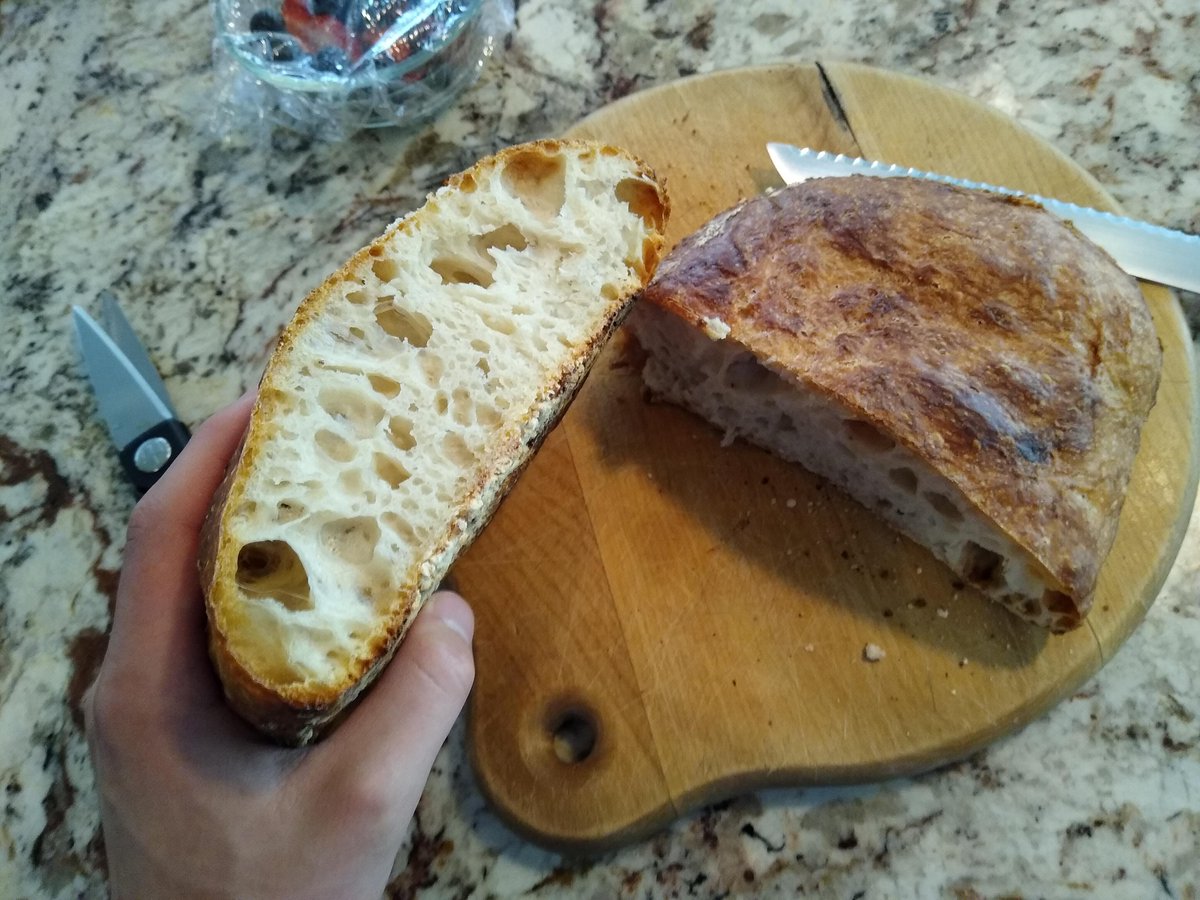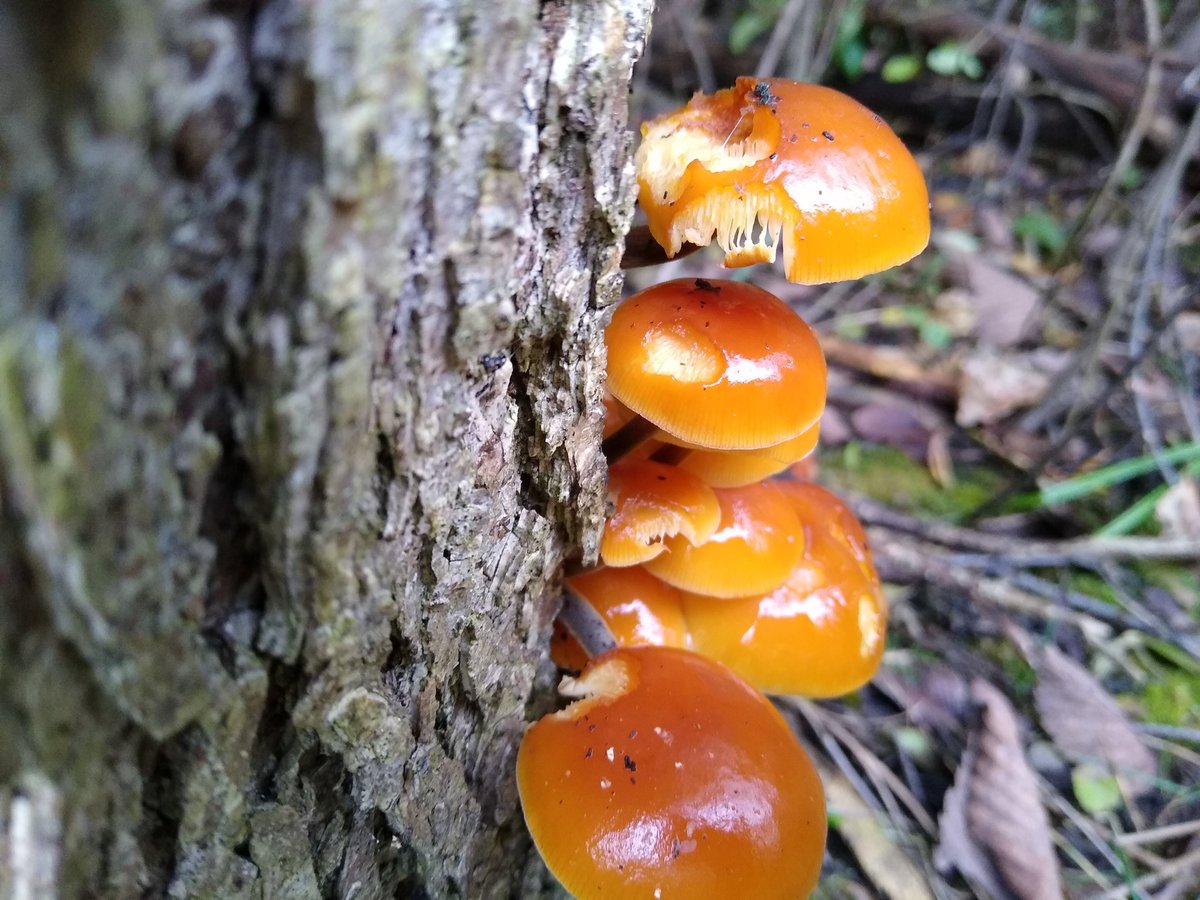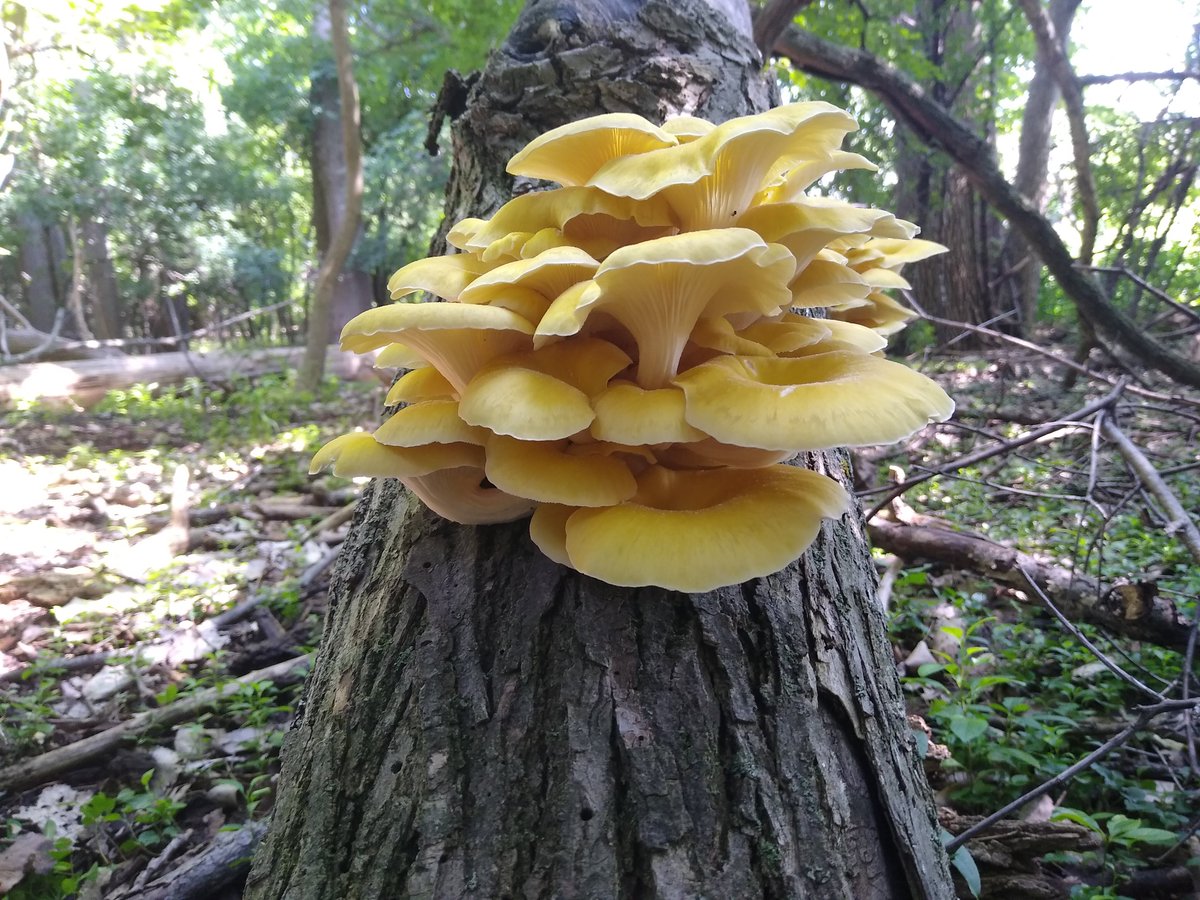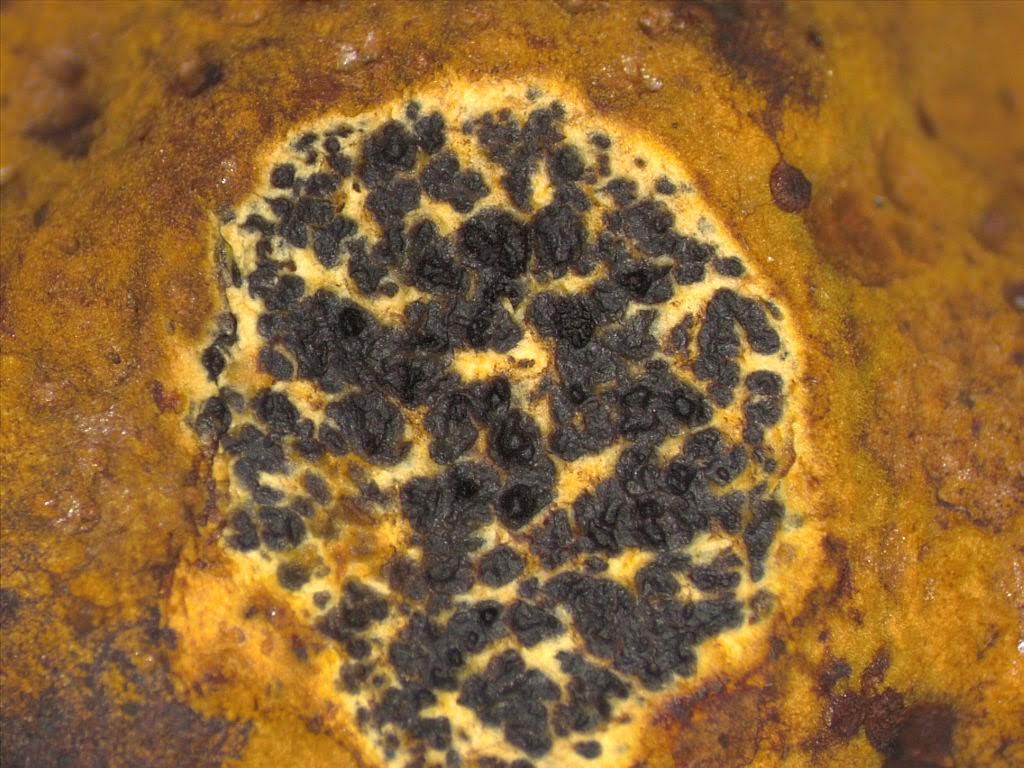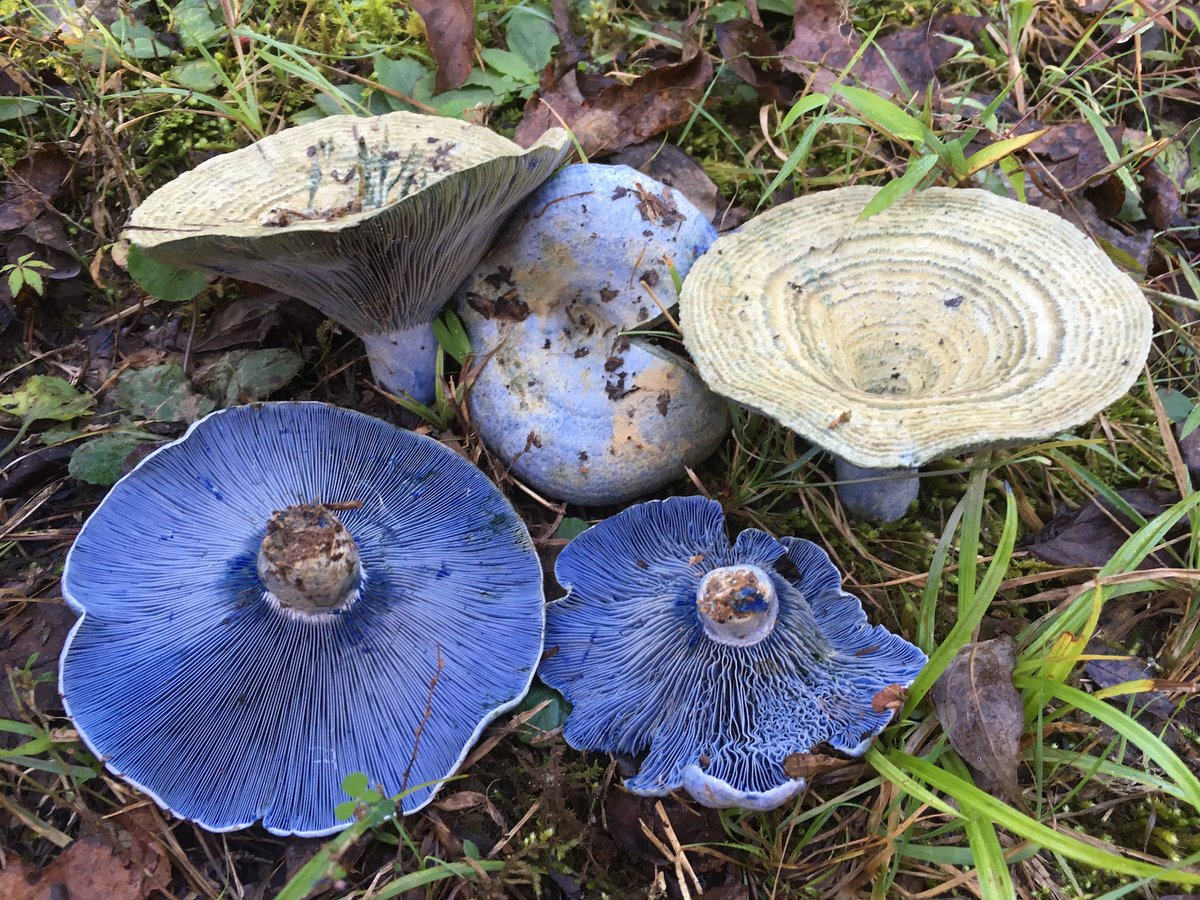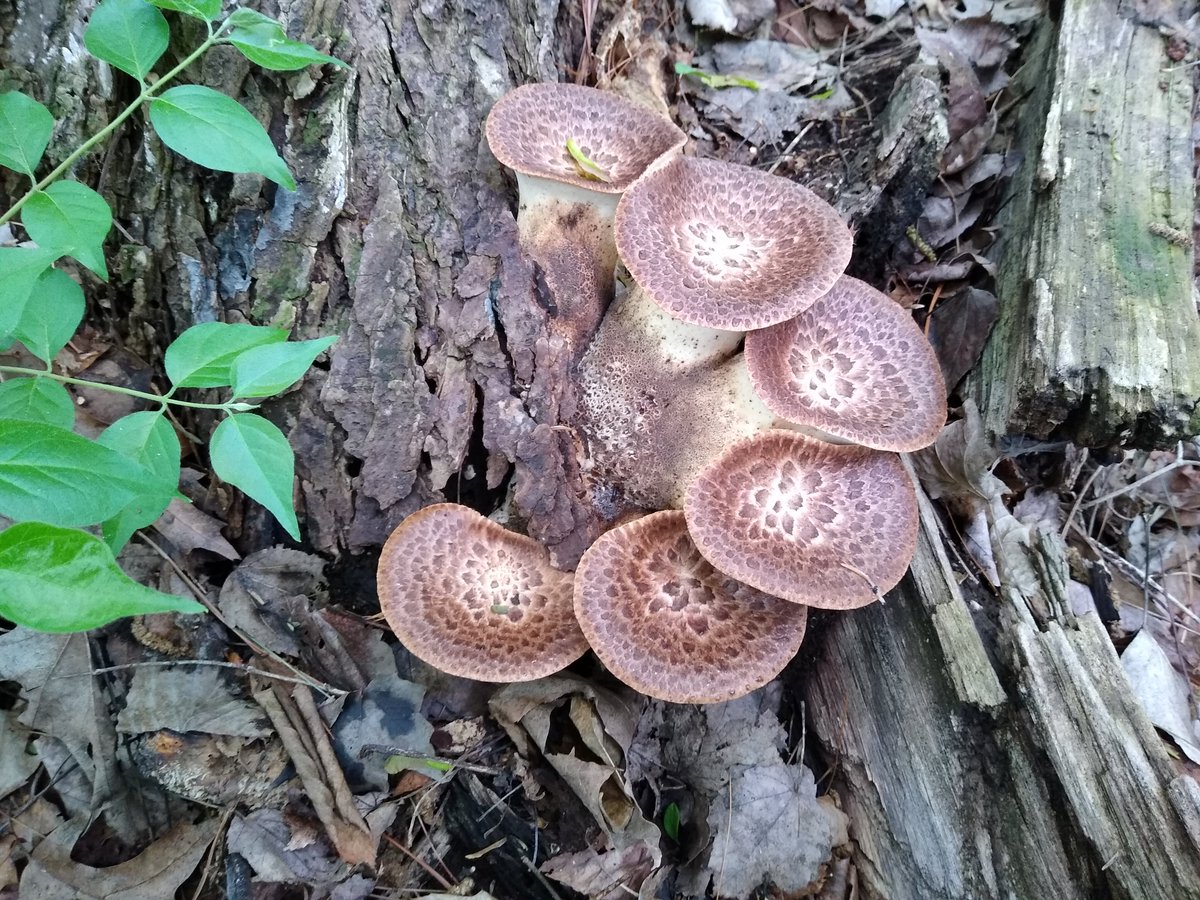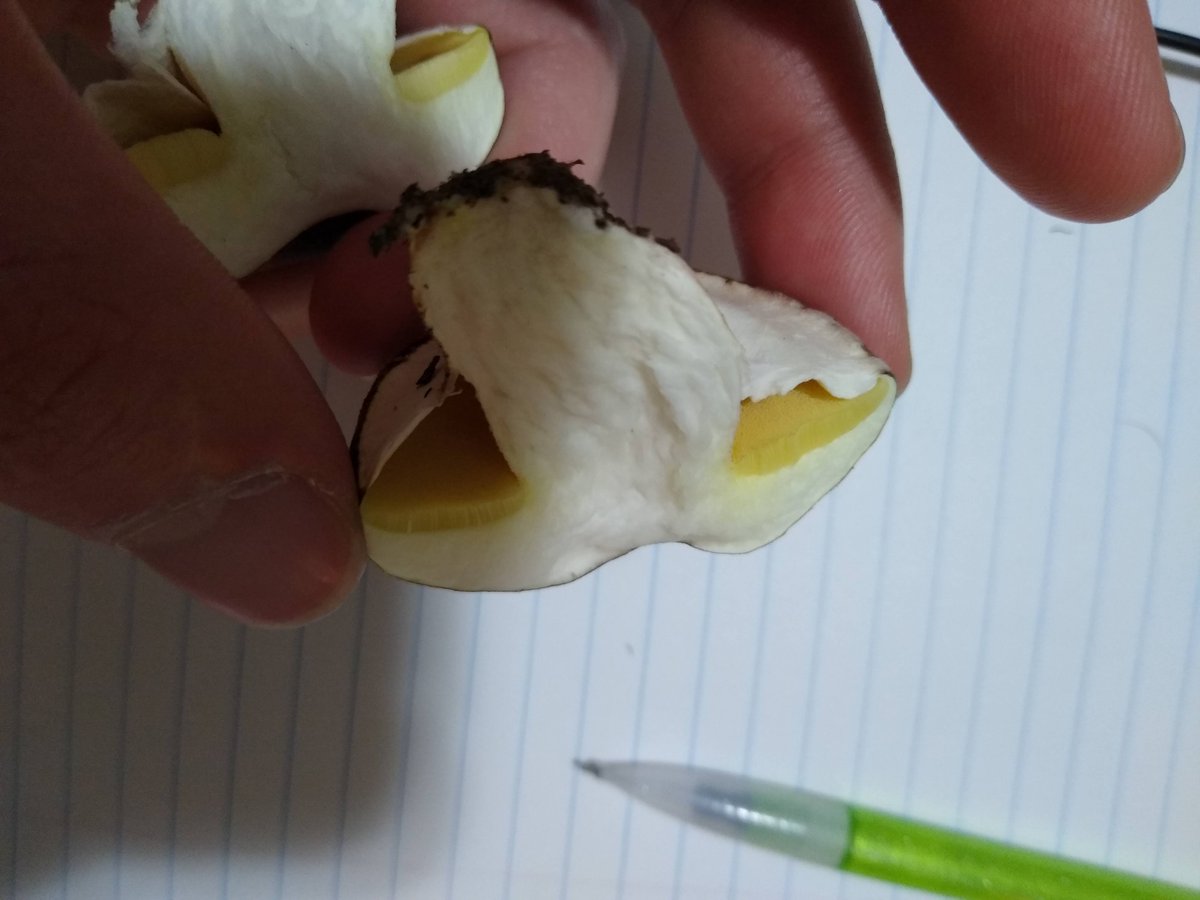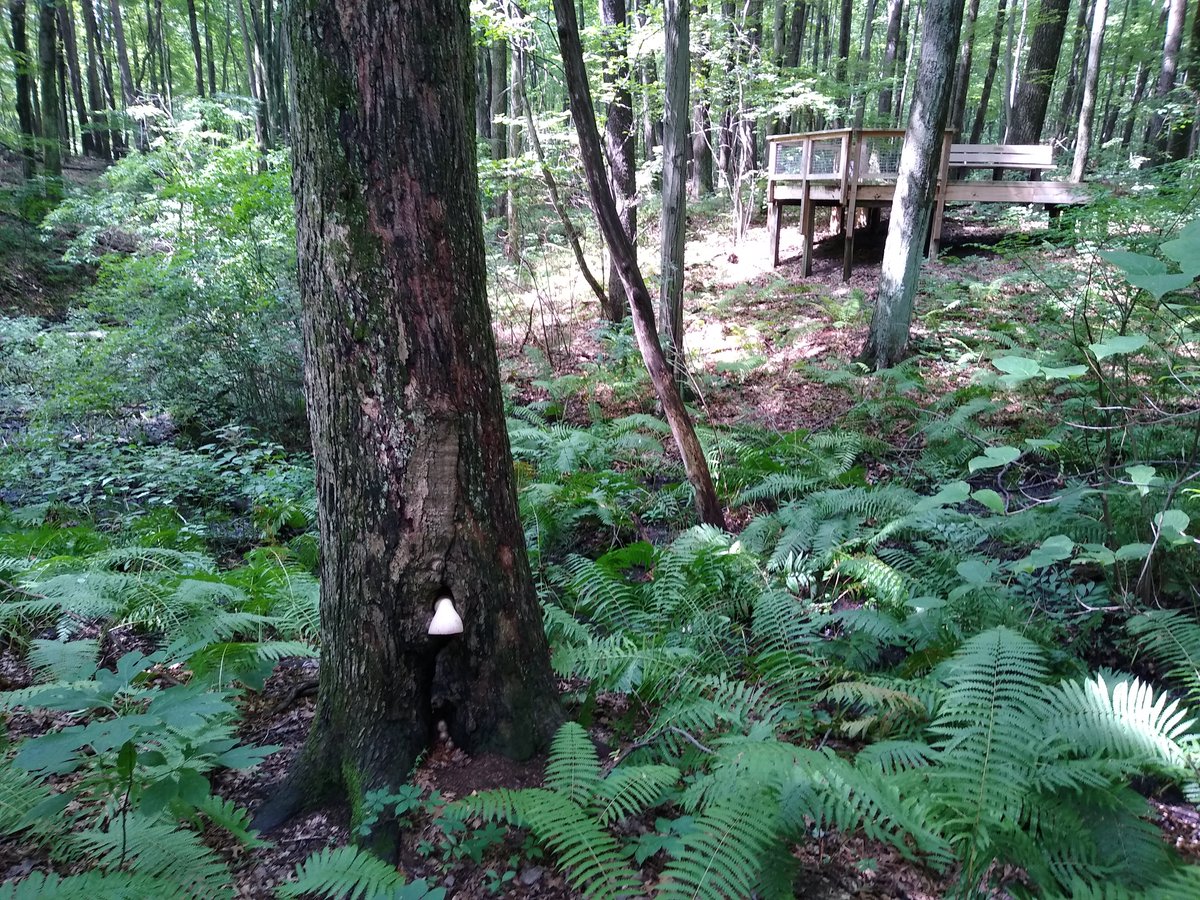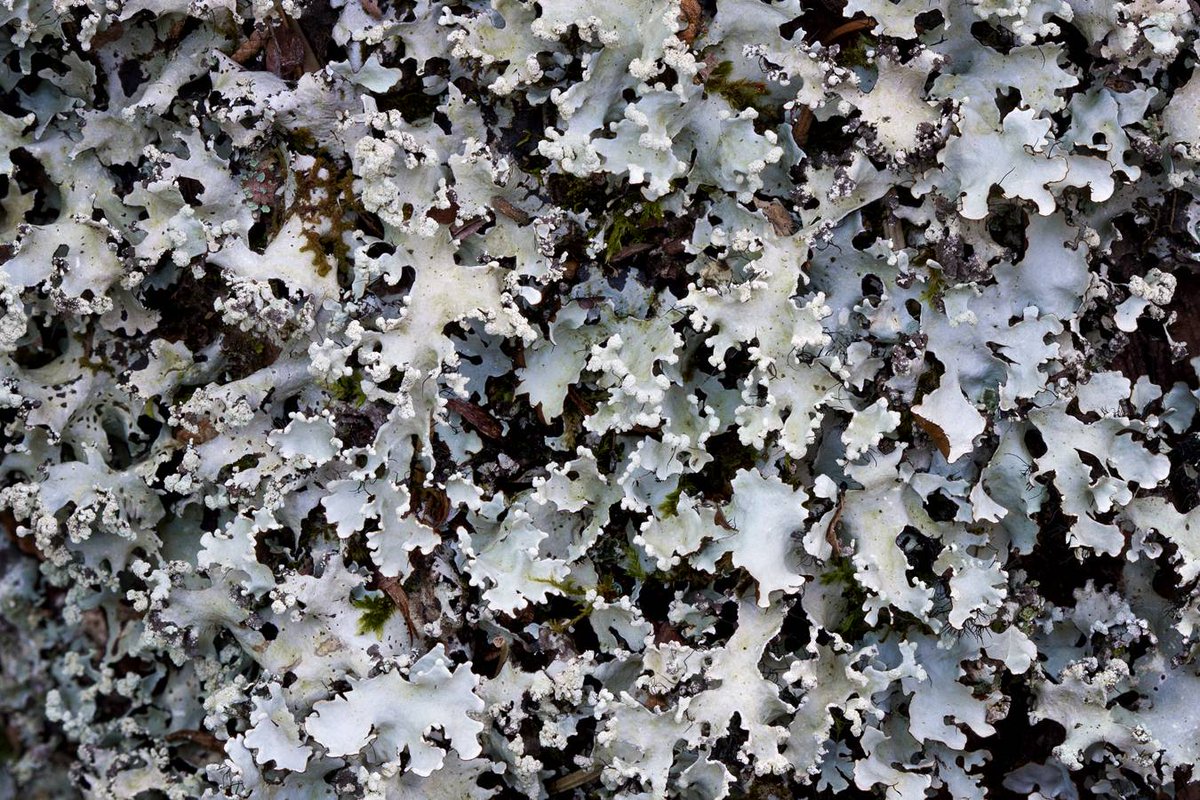With #Plantsgiving in mind, I wanted to make an aspirational #Fungiving list of fungal families I could add into a meal. Thread below. **DO NOT USE FOR EDIBILITY ADVICE** 1/25
First up, a new one for me this year. Gyroporaceae includes the beautiful cornflower bolete, Gyroporus cyanescens. 2/25
Next, we have the classic and delicious Morchellaceae, with this yellow morel, Morchella americana. 3/25
Another bolete here, this time in Boletaceae - Exsudoporus frostii (Frost& #39;s Bolete). 5/25
An often aromatic and tasty family, the Cantherellaceae, contains Chanterelles. Forked, false gills are typical. 6/25
The Fomitopsidaceae contains Chicken-of-the-Woods (Laetiporus spp.), including L. sulphureus and L. cincinnatus. 7/25
Similar in texture is Grifola frondosa in the Meripilaceae, so called Hen-of-the-woods. I like these better than Laetiporus. 8/25
Continuing on the "of-the-woods" theme, we have "shrimp-of-the-woods", Entoloma arbotivum in the Entolomataceae. These are parasitized Armillaria. 9/25
An unusual mushroom which I have yet to try in the Auriscalpiaceae is Artomyces pyxidatus, the crown coral. 10/25
Blewits (Clitocybe nuda) in the Tricholomataceae scare me because of how much they look like Cortinarius spp., but they are quite pleasant to eat. 13/25
There are several molds used to ferment foods, including Rhizopus species in the Mucoraceae. Here is tempeh, a product made from Rhizopus-feremented soybeans. (PC: Alden Dirks). 15/25
Agaricaceae includes many of your favorite and familiar mushrooms, such as button mushrooms, portabellas, parasols, and the shaggy mane (Coprinus comatus) seen here. 16/25
This bread is brought to you by baker& #39;s yeast, Saccharomyces cerevisiae, in Saccharomycetaceae. 17/25
Enoki (Flammulina velutipes) are awesome in soups, and when found growing in the wild barely resemble their noodly friends. These are in the Physalacriaceae. 18/25
Oyster mushrooms are a widespread and easy to grow fungus, with the invasive golden oyster (Pleurotus citrinopileatus) now growing in Michigan. These are in the Pleurotaceae. 19/25
I want to try Melanogaster, a false truffle in the Melanogasteraceae, which smell fruity to me. This is likely a new species found a couple years ago. 20/25
I hope next year I can find a stunning Lactarius indigo, which bleeds blue latex. Found in the Russulaceae. (PC: Brian P. Looney). 21/25
Pheasant backs (Ceriporus squamosus) is in the Polyporaceae, and are awesome when young and tender. 22/25
Not the best picture, but this is the Slippery Jack, Suillus luteus in the Suillaceae. Important ectomycorrhizal species, and supposedly quite slimy. 23/25
Volvariella bombycina in the Pluteaceae is one I haven& #39;t yet tried, but found on a maple last year. 24/25

 Read on Twitter
Read on Twitter